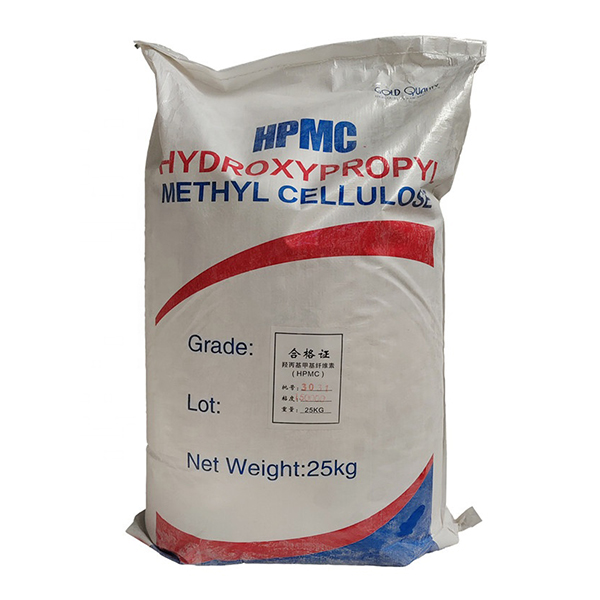Understanding Chemical Thickening Agents Their Role and Applications
Chemical thickening agents are substances that increase the viscosity of a solution or mixture without substantially altering other properties. These agents are crucial in various industries, including food, cosmetics, pharmaceuticals, and paints, where they contribute to product texture, stability, and performance. The widespread use of thickening agents can be attributed to their ability to enhance the sensory and functional qualities of a product.
Types of Thickening Agents
Thickening agents can be categorized into several types based on their origin—natural, synthetic, and semi-synthetic.
1. Natural Thickening Agents These are derived from plant or animal sources. Common examples include starches (like cornstarch and tapioca), gums (such as guar gum and xanthan gum), and proteins (like gelatin). Natural thickeners are often preferred for their clean label appeal. They are biodegradable and generally considered safe for consumption, making them popular in the food industry.
2. Synthetic Thickening Agents These are chemically manufactured compounds designed to achieve specific thickening properties. Examples include polyacrylate and certain types of cellulose derivatives. Synthetic agents offer advantages such as high efficiency at low concentrations, temperature stability, and resistance to microbial degradation. However, consumer preferences for natural ingredients have led to a decline in the popularity of some synthetic thickeners.
3. Semi-Synthetic Thickening Agents These agents are chemically modified natural polymers. They combine the desirable characteristics of their natural counterparts with improved functionality. An example is hydroxypropyl methylcellulose (HPMC), which is often used in pharmaceuticals and food products.
Mechanism of Thickening
The effectiveness of a thickening agent is largely determined by its molecular structure and the nature of the solvent with which it interacts
. Thickening occurs through several mechanisms'chemical thickening agent'

- Hydration Many thickening agents swell in the presence of water, forming a gel-like network that traps water molecules, thus increasing viscosity. - Particle Interactions In some cases, thicker solutions result from the physical interactions between particles within the mixture, leading to higher resistance to flow. - Chemical Bonds Certain thickening agents can create temporary bonds with other molecules, affecting the flow characteristics of the mixture.
Applications of Thickening Agents
1. Food Industry Thickening agents are widely used in sauces, dressings, soups, and desserts to improve texture and mouthfeel. For example, cornstarch is used to create a creamy consistency in gravies, while xanthan gum helps stabilize emulsions.
2. Cosmetics and Personal Care In lotions, creams, and shampoos, thickening agents play a critical role in achieving the desired consistency and stability of products. They can enhance the spreadability and the sensory experience for users.
3. Pharmaceuticals In medicinal formulations, thickening agents can improve the viscosity of syrups and suspensions for oral administration. They can also serve as binders in tablet formulations.
4. Paints and Coatings The paint industry relies on thickening agents to control the flow properties and application of paints. Proper viscosity is crucial for a smooth application and avoiding drips.
Conclusion
Chemical thickening agents are essential ingredients in many products we encounter daily. Their ability to modify the viscosity and stability of various formulations contributes significantly to improving user experience and product performance. As consumer trends continue to evolve, the demand for safer, more natural products is likely to influence the development and selection of thickening agents in the market. Understanding the properties and functionalities of these agents will be crucial for manufacturers aiming to innovate while meeting consumer expectations.
-
Rdp Powder: Key Considerations for Wholesalers in the Building Materials IndustryNewsJul.08,2025
-
Key Considerations for Wholesalers: Navigating the World of Hpmc - Based ProductsNewsJul.08,2025
-
Hpmc Detergent: Key Considerations for WholesalersNewsJul.08,2025
-
Key Considerations for Wholesalers: China Hpmc For Tile Adhesive, Coating Additives, Concrete Additives, and MoreNewsJul.08,2025
-
Crucial Considerations for Wholesalers: Navigating the World of Construction MaterialsNewsJul.08,2025
-
Key Considerations for Wholesalers Sourcing Additive For Cement, Additive For Concrete, Additive For Putty from Additive Manufacturer Shijiazhuang Gaocheng District Yongfeng Cellulose Co., Ltd.NewsJul.08,2025




